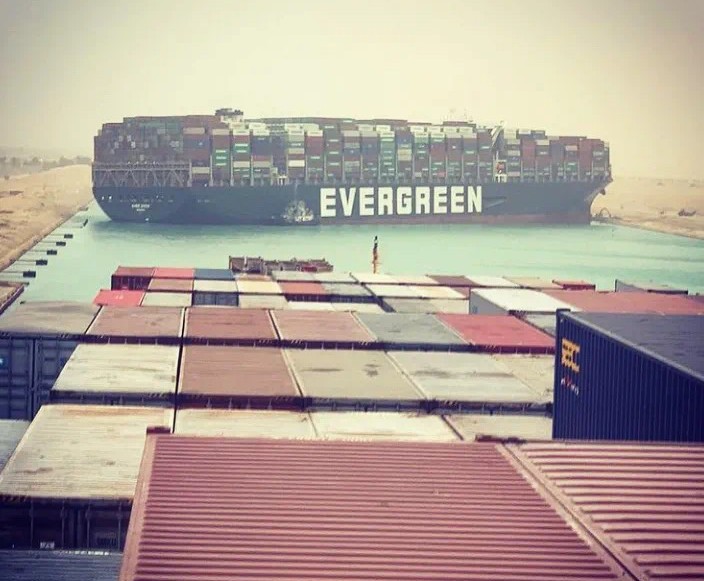Strong wind blows recently caused an Evergreen ship to get stuck in the Suez Canal, resulting in the delay of about 350 ships. It was the worst delay in the last 150 years. With the tide rising, the 24,000 container (TEU) ship was finally pulled out of the closure position. This accident is an opportunity to look at the value of the Suez Canal.
- The Suez Canal takes about 13 percent of worldwide ocean freights from Asia (mostly China, Vietnam, and Indonesia) to Europe and the east coast of the United States.
- There are 10 ships that were built since 2003 that are about 400 meters long and 61 meters wide and can each carry over 22,000 containers and about 200,000 tons of weight. Prior to 2003, most ships carry about 4,000 to 6,000 containers.
- The charge is about $500K, paid to Egypt, to go through the Suez Canal. Compared with an extra 9 days of time, an extra 5,000 miles, and an additional $400K in costs if a ship has to go around South Africa to get to Europe or the eastern coast of North America, we can see why the Suez Canal is so important.


